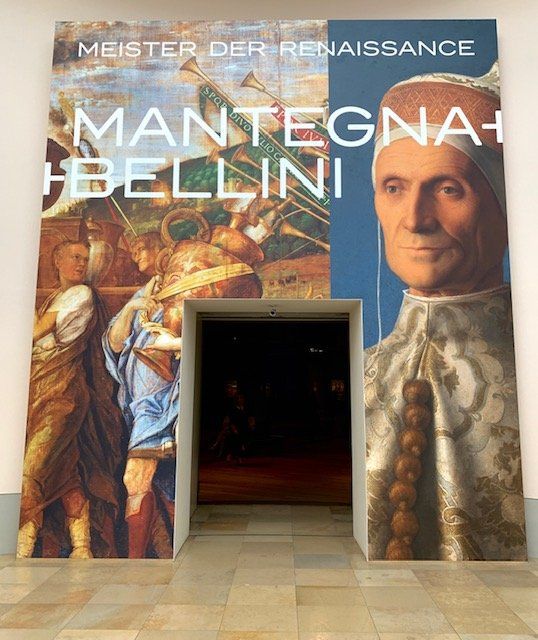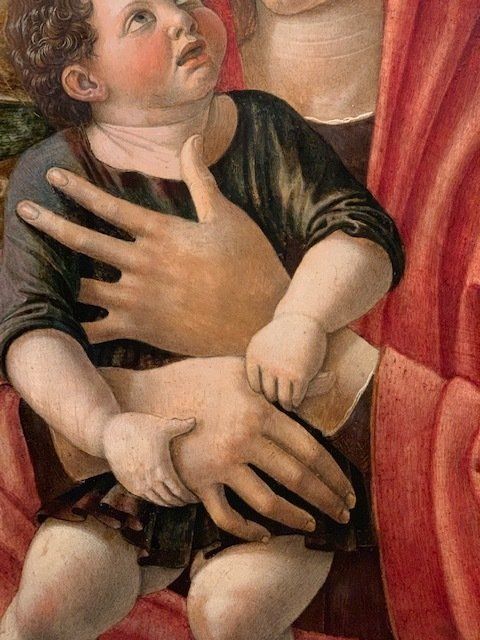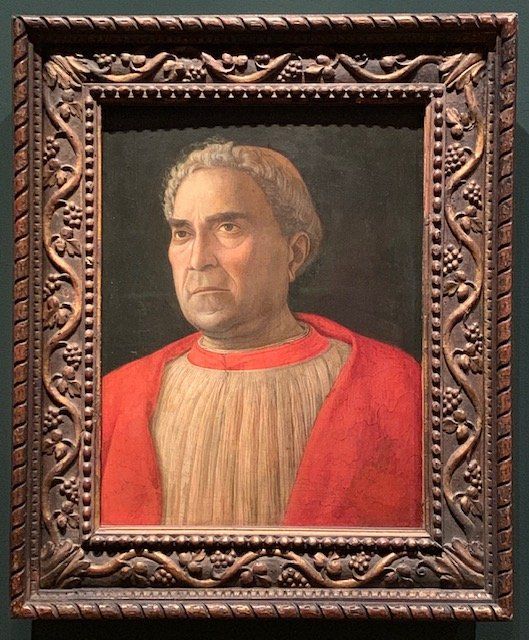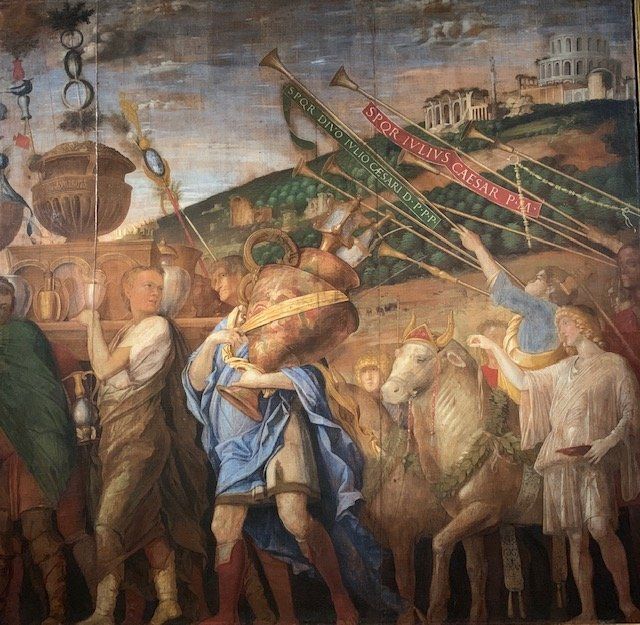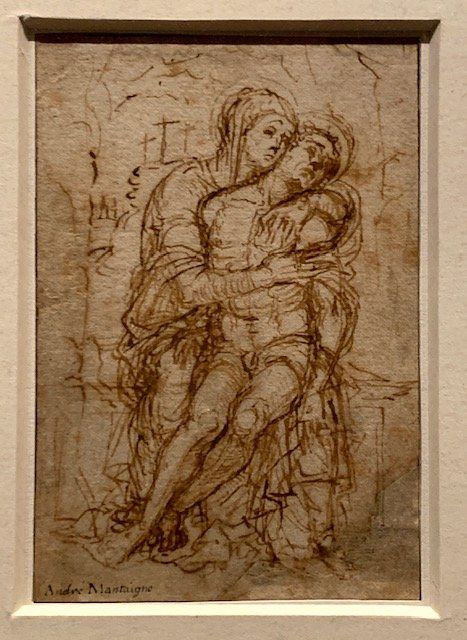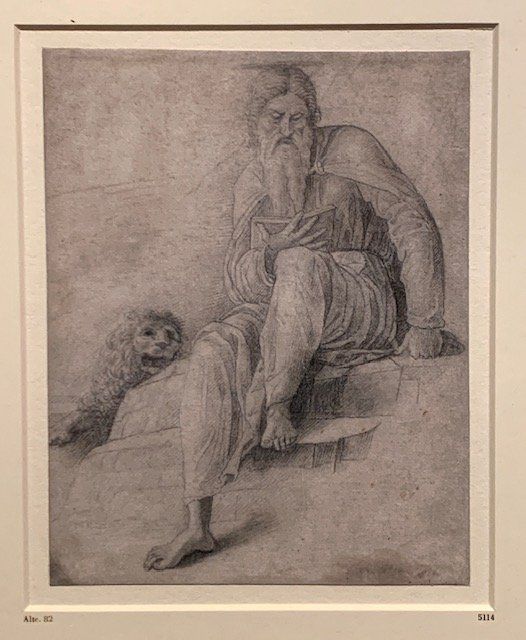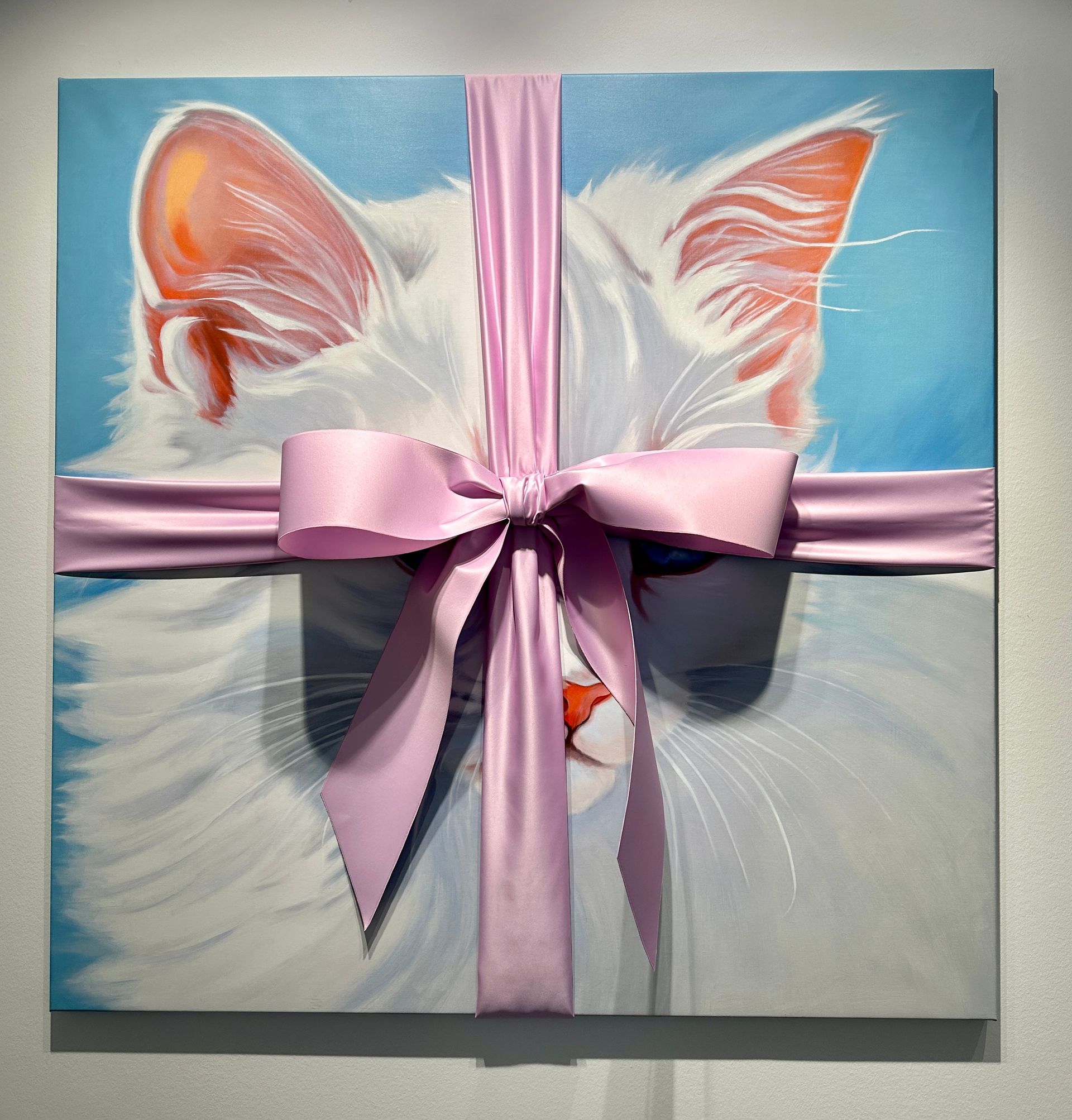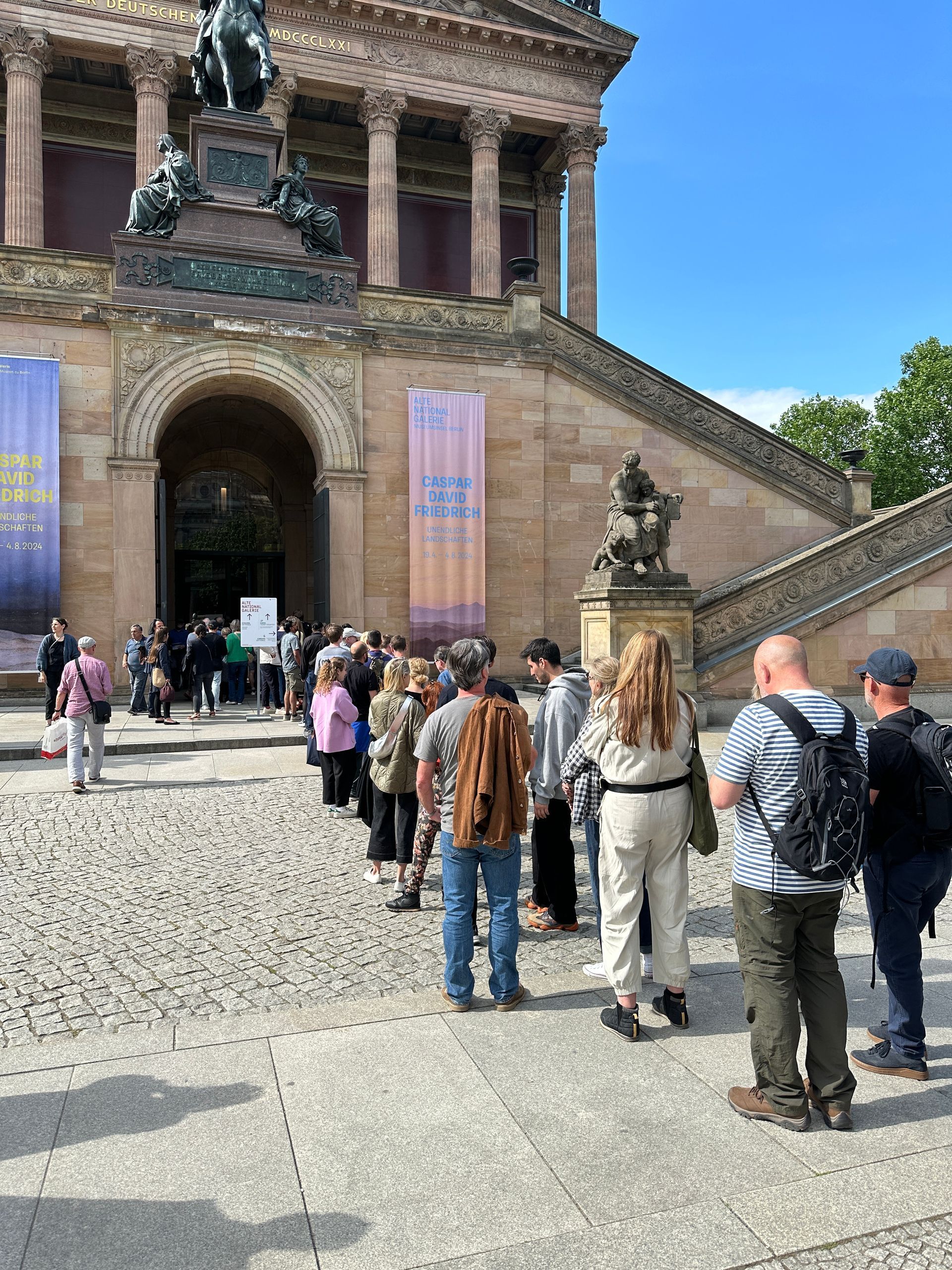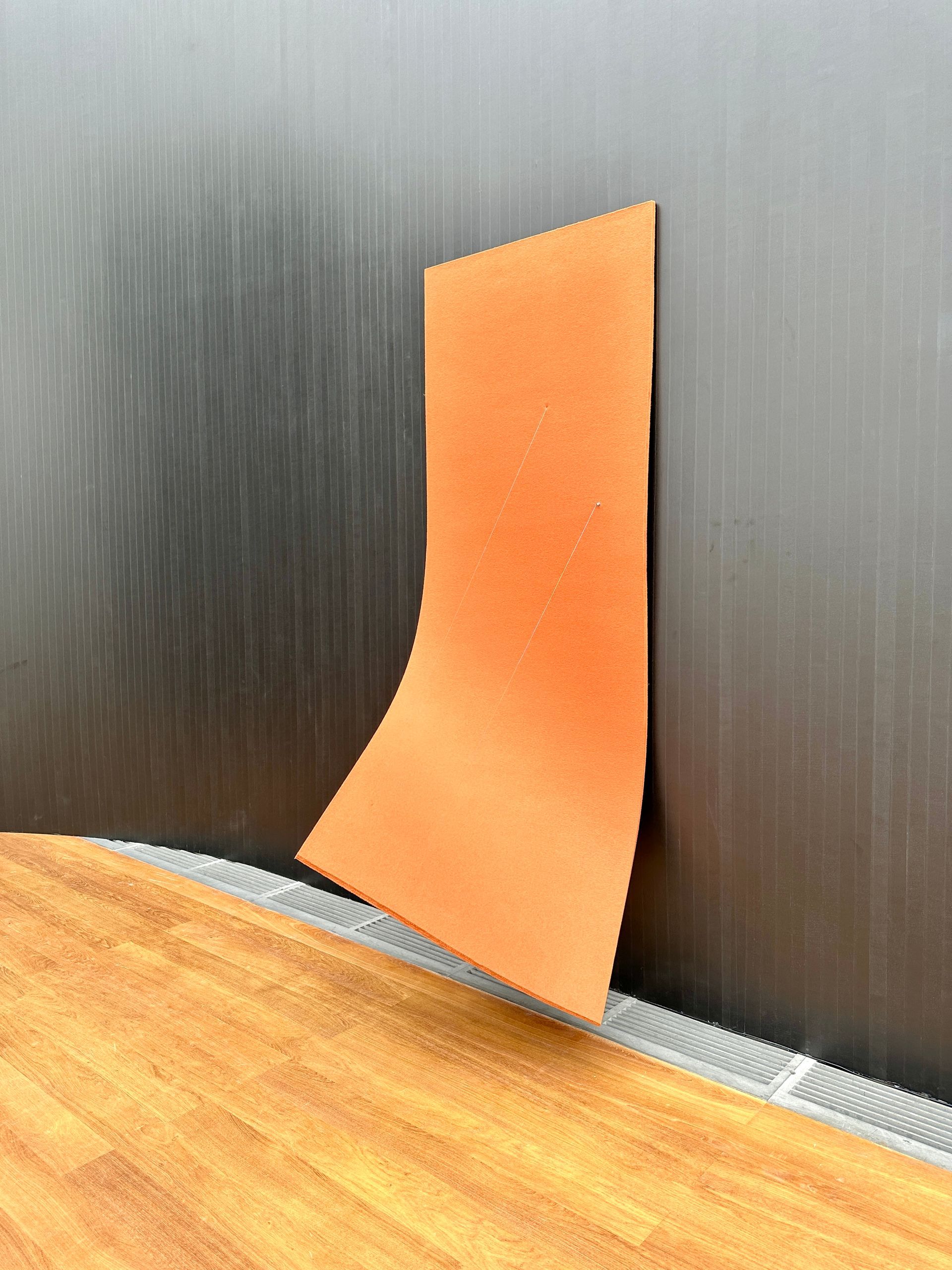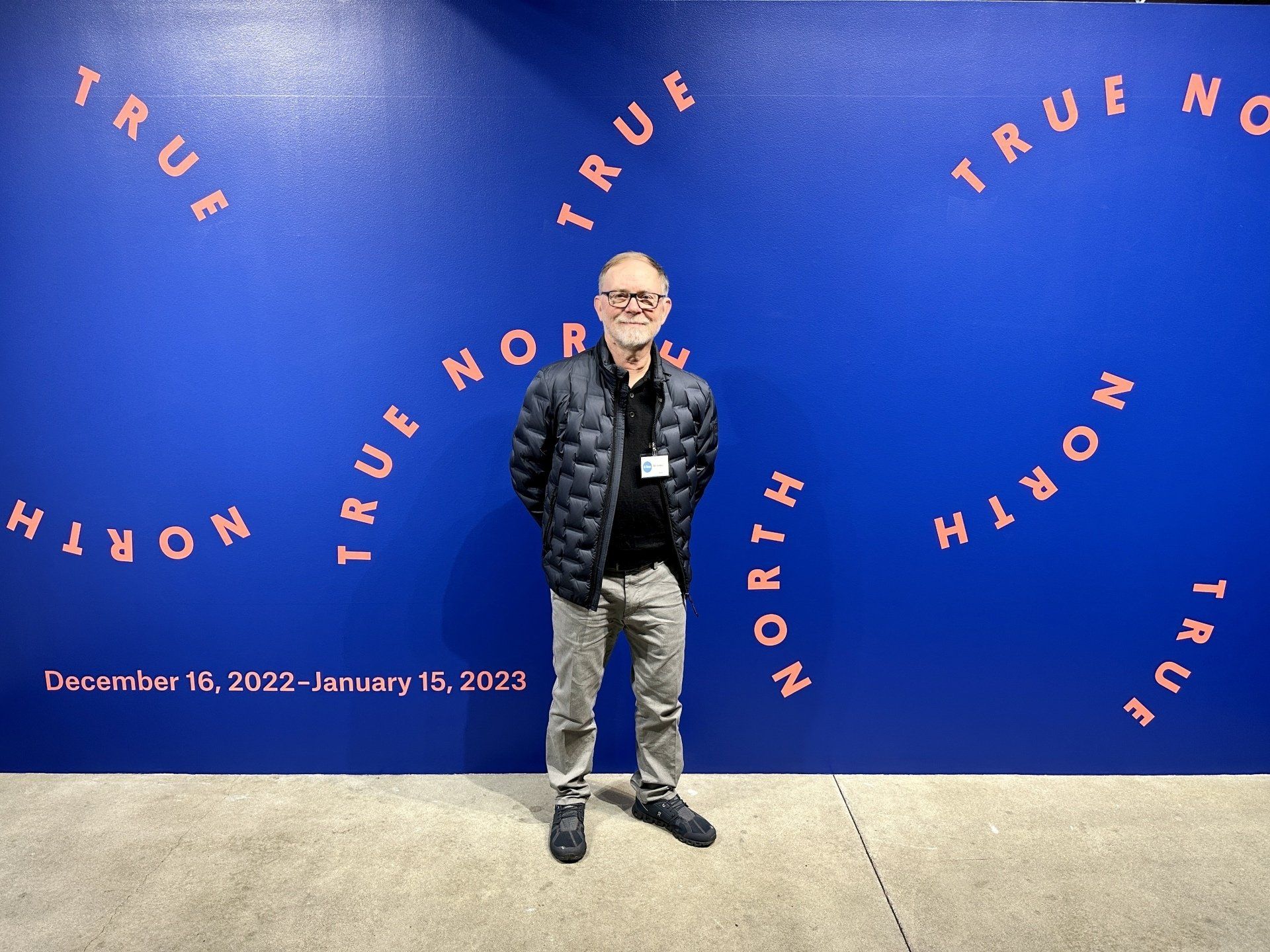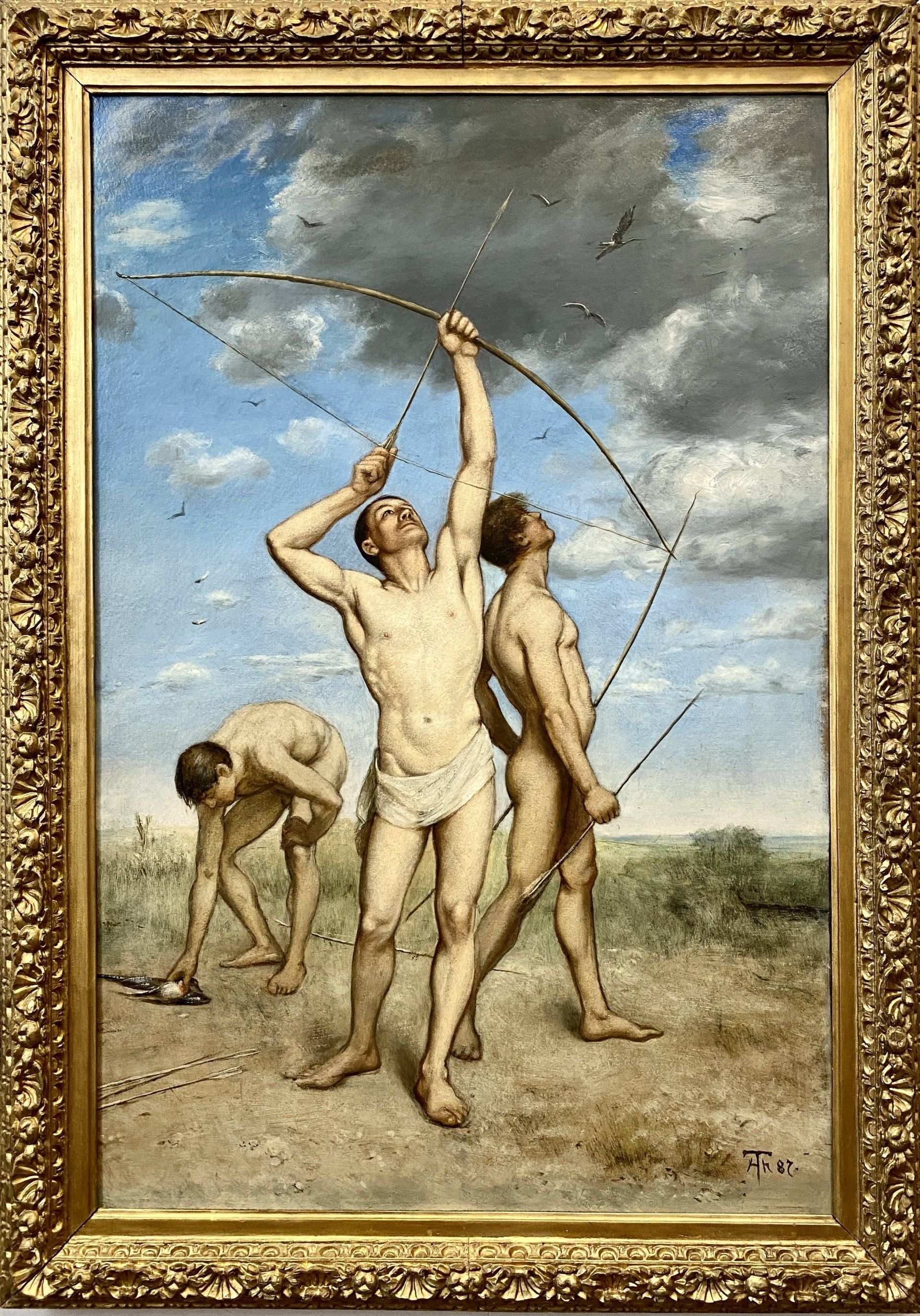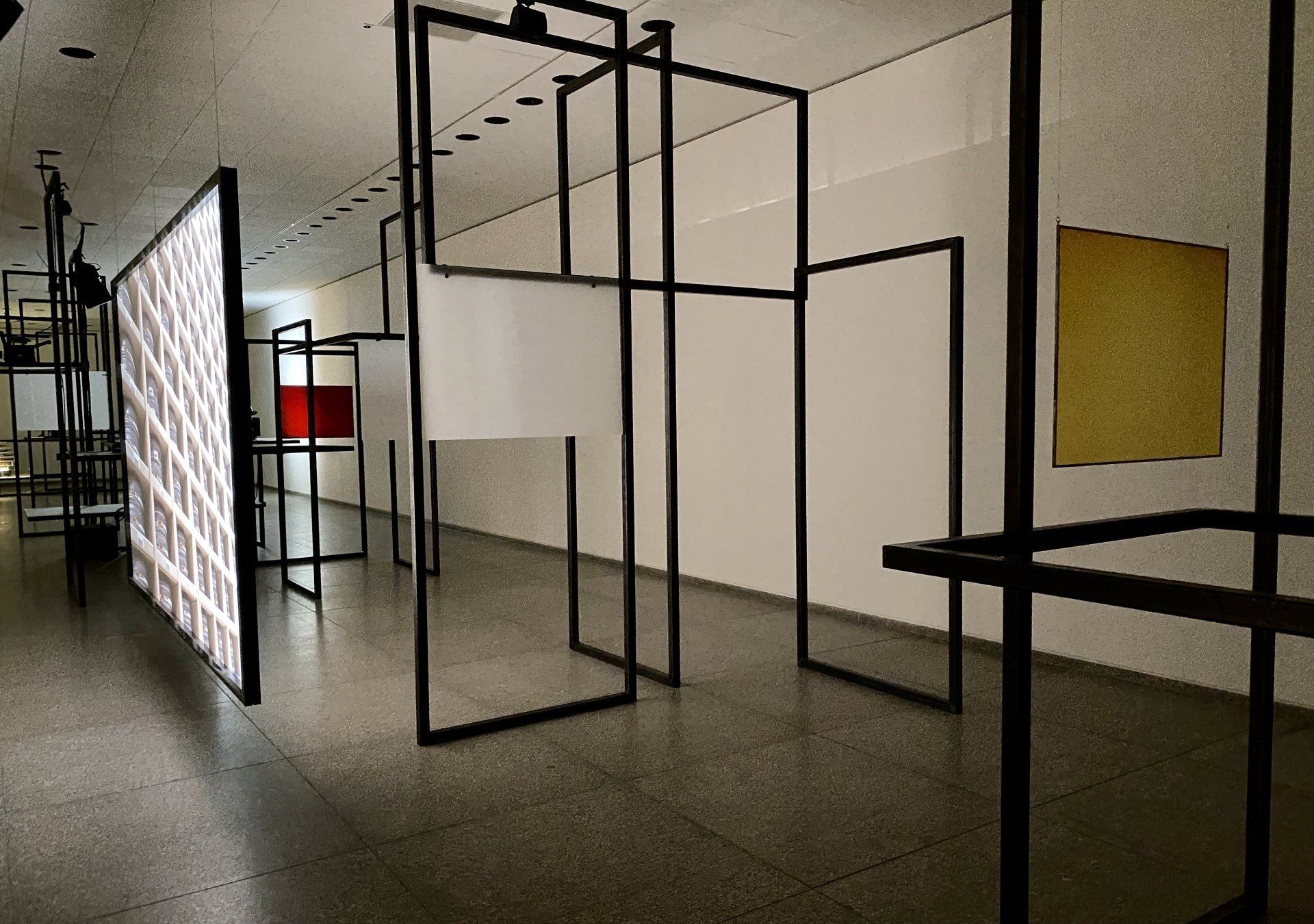Mantegna / Bellini works foretell the future of art
Before seeing this exhibit, the only painting I could remember by either Mantegna or Bellini was the famous “Lamentation” painting (ca. 1475) that uses extreme foreshortening to portray the dead Christ. That painting was not included in the show, but it helped to have that work in my mind as a starting point for viewing this exhibit.
Mantegna and Bellini were brothers-in-law, and worked in close proximity. This exhibit made clear their cross-over influences, as well as their aesthetic differences.
For these two artists, painting was commercial, meaning their work was commissioned by and designed for church officials, as well as powerful secular clients. However, the artists went beyond their paygrade and explored groundbreaking concepts in most of their pieces. Their work exemplifies some of the earliest examples of the group portrait close-up, where Mantegna and Bellini would radically crop scenes, effectively bringing the viewer into the emotional action. Another step forward for these two artists: up until this time the ubiquitous “Madonna and Child” theme was treated very stiffly, and functioned as an icon-altar piece. Mantegna and Bellini took a different approach and portrayed them as actual people, not symbols of people. The Madonna and Child in their paintings often demonstrate very down to earth gestures, such as the baby grabbing Mary’s finger or playfully kicking. In some of the paintings and engravings, Mary’s cheek is gently touching the baby’s face. These two artists were moving painting out of the static, altarpiece world into the world of humanity. This was inevitable, and things of course kept moving in this direction: for example, Manet’s painting, Le déjeuner sur l’herbe/The Luncheon on the Grass (1863), depicting two fully-dressed men picnicking with two nude women. At the time this painting was a shocking re-set of what was expected from art. Duchamp’s urinal piece (1917) was another assertion that art is about human life, including all the “unbeautiful” parts of life. The art world will always be resetting itself.
Even though the work of Mantegna and Bellini was about religious themes and authenticating the rich and powerful, the paintings still survive as pieces that have the power to draw crowds – and in Europe, that crowd would be overwhelmingly non-religious and democratically-minded.
Here are some of my favorites from the show:

